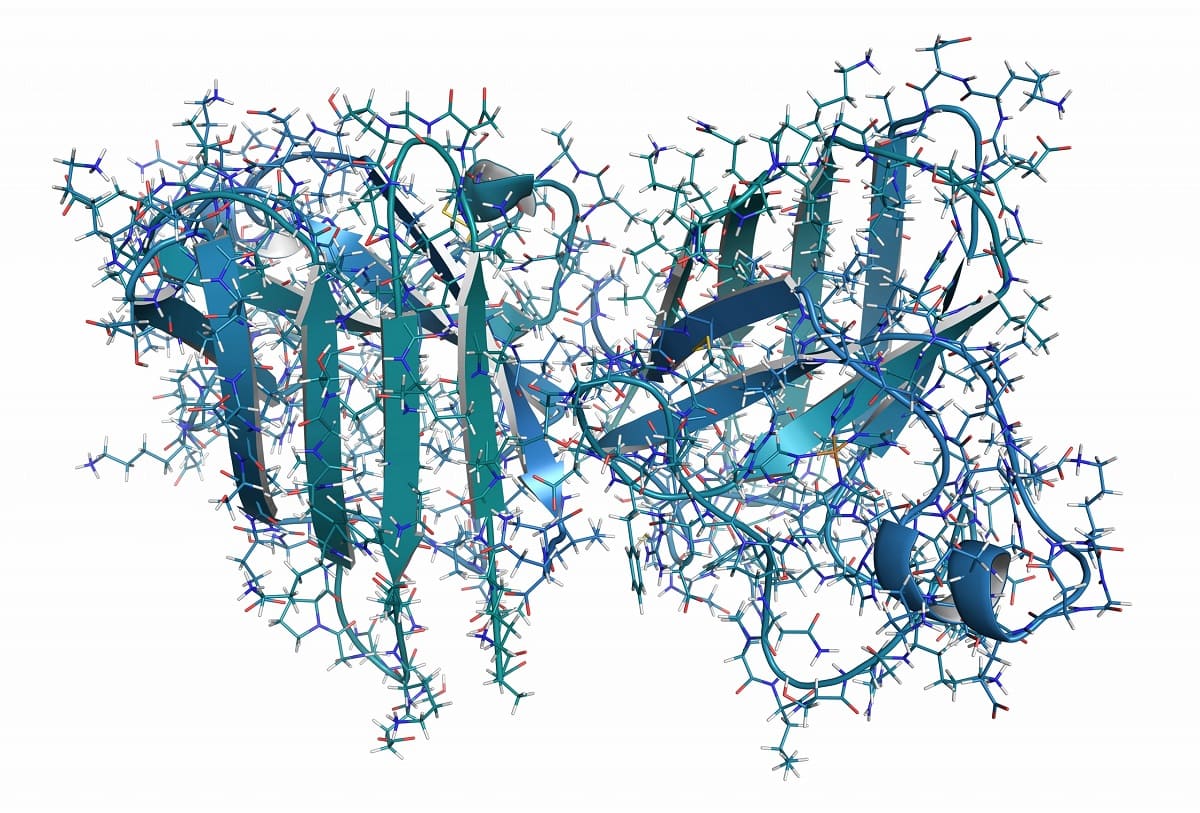Home>Health & Nutrition>Dealing With A 3-Day Fever: Causes, Symptoms, And Remedies


Health & Nutrition
Dealing With A 3-Day Fever: Causes, Symptoms, And Remedies
Published: March 4, 2024
Learn about the causes, symptoms, and remedies for a 3-day fever. Get expert advice on health and nutrition to manage your symptoms effectively.
(Many of the links in this article redirect to a specific reviewed product. Your purchase of these products through affiliate links helps to generate commission for Temperatures.com, at no extra cost. Learn more)
Table of Contents
Understanding the 3-Day Fever
A 3-day fever, also known as a "fever of unknown origin" (FUO), is characterized by a transient increase in body temperature that typically lasts for three days. This condition can be perplexing, as the underlying cause may not be immediately apparent. Understanding the nature of a 3-day fever involves recognizing its transient nature and the potential triggers that may lead to its onset.
The 3-day fever is often a self-limiting condition, meaning that it resolves on its own without medical intervention. It is important to note that while the fever itself may last for three days, the overall duration of the illness may extend beyond this timeframe, as the body may take additional time to fully recover from the underlying cause.
This type of fever can be caused by a variety of factors, including viral or bacterial infections, inflammatory conditions, or even certain medications. It is essential to approach the evaluation of a 3-day fever with a comprehensive understanding of the individual's medical history, recent travel, exposure to infectious agents, and any other relevant factors that may provide insight into the potential cause.
Furthermore, it is crucial to differentiate a 3-day fever from other types of febrile illnesses, as the underlying cause and management approach may vary significantly. While the duration of the fever is a defining characteristic, it is equally important to consider associated symptoms, such as chills, body aches, and respiratory or gastrointestinal complaints, to gain a comprehensive understanding of the individual's condition.
In summary, a 3-day fever presents a unique diagnostic challenge due to its transient nature and the diverse array of potential triggers. By recognizing the self-limiting nature of this condition and considering a broad differential diagnosis, healthcare providers can effectively guide patients through the evaluation and management of this puzzling yet typically benign febrile illness.
Read more: Causes And Remedies For Nighttime Fever
Common Causes of a 3-Day Fever
A 3-day fever can stem from various underlying causes, ranging from viral and bacterial infections to inflammatory conditions and medication reactions. Understanding these potential triggers is crucial in effectively managing and addressing the fever. Here are some common causes to consider:
-
Viral Infections: Viruses such as influenza, adenovirus, and respiratory syncytial virus (RSV) can provoke a 3-day fever. These infections often present with additional symptoms such as cough, sore throat, and nasal congestion, aiding in the identification of the underlying viral cause.
-
Bacterial Infections: Certain bacterial infections, including streptococcal pharyngitis (strep throat), urinary tract infections, and bacterial pneumonia, can manifest as a 3-day fever. These infections may necessitate targeted antibiotic therapy to resolve the underlying cause.
-
Inflammatory Conditions: Autoimmune disorders and inflammatory conditions such as rheumatoid arthritis, systemic lupus erythematosus (SLE), and inflammatory bowel disease (IBD) can lead to recurrent fevers, including 3-day episodes. These conditions often require specialized management to address the underlying inflammatory processes.
-
Medication Reactions: Some medications, particularly antibiotics, can induce febrile reactions that persist for approximately three days. It is essential to consider recent medication changes or introductions when evaluating the potential cause of a 3-day fever.
-
Environmental Factors: Exposure to environmental triggers such as allergens, pollutants, or toxins can also contribute to the onset of a 3-day fever. Assessing the individual's recent environmental exposures can provide valuable insight into potential causative factors.
-
Post-Travel Infections: Individuals returning from travel to regions with endemic infectious diseases may experience a 3-day fever as a manifestation of travel-related infections. Considering recent travel history is crucial in identifying potential infectious triggers.
-
Other Causes: Less common causes of a 3-day fever include endocrine disorders, malignancies, and drug withdrawal syndromes. While these etiologies are less frequent, they should be considered in the comprehensive evaluation of a 3-day fever, particularly in cases where more common causes have been ruled out.
By recognizing these common causes of a 3-day fever, healthcare providers can conduct a thorough assessment to identify the underlying trigger and implement targeted management strategies. This comprehensive approach is essential in effectively addressing the fever and promoting the individual's overall well-being.
Recognizing Symptoms of a 3-Day Fever
Recognizing the symptoms of a 3-day fever is pivotal in differentiating this transient febrile episode from other illnesses and guiding appropriate management. While the hallmark characteristic is the three-day duration of elevated body temperature, individuals experiencing a 3-day fever may also present with a range of accompanying symptoms. Understanding these associated manifestations is essential in comprehensively evaluating and addressing the condition.
Common Symptoms
-
Fever: The primary symptom of a 3-day fever is, of course, the transient increase in body temperature. This fever may fluctuate in intensity but typically resolves within three days.
-
Chills: Individuals with a 3-day fever may experience episodes of chills, often accompanying the fever spikes. These chills can contribute to feelings of discomfort and may prompt individuals to seek relief through external warming measures.
-
Body Aches: Muscular discomfort and generalized body aches are frequently reported during a 3-day fever. These symptoms can contribute to feelings of malaise and may impact daily activities.
-
Fatigue: The presence of a 3-day fever is often accompanied by feelings of fatigue and lethargy. Individuals may experience reduced energy levels and an increased need for rest.
-
Respiratory Symptoms: In cases where the 3-day fever is triggered by a respiratory infection, individuals may exhibit symptoms such as cough, sore throat, and nasal congestion. These respiratory manifestations can aid in identifying the underlying cause of the fever.
-
Gastrointestinal Complaints: Some individuals with a 3-day fever may experience gastrointestinal symptoms, including nausea, vomiting, or diarrhea. These manifestations can occur in the context of certain viral or bacterial infections.
Additional Considerations
It is important to note that while the aforementioned symptoms are commonly associated with a 3-day fever, individual presentations may vary. Some individuals may experience a combination of these symptoms, while others may exhibit a more limited set of manifestations. Furthermore, the presence of additional symptoms not listed here should be carefully evaluated to ensure a comprehensive understanding of the individual's condition.
By recognizing the diverse array of symptoms associated with a 3-day fever, healthcare providers can effectively differentiate this febrile episode from other illnesses and guide appropriate management. This comprehensive approach is essential in addressing the individual's symptoms and promoting a swift recovery from the transient 3-day fever.
Read more: Understanding Fever: Causes And Symptoms
Home Remedies for Managing a 3-Day Fever
When faced with a 3-day fever, individuals can employ various home remedies to alleviate discomfort and support the body's natural healing processes. While these remedies are not intended to replace professional medical advice, they can complement conventional care and promote overall well-being during the course of the fever. Here are several effective home remedies for managing a 3-day fever:
1. Hydration
Maintaining adequate hydration is crucial during a 3-day fever. Fever can lead to increased fluid loss through sweating and evaporation, potentially resulting in dehydration. Individuals should prioritize consuming water, clear broths, herbal teas, and electrolyte-rich beverages to replenish lost fluids and support the body's immune function.
2. Rest
Allowing the body ample time to rest and recuperate is essential during a 3-day fever. Adequate rest supports the immune system's efforts to combat the underlying cause of the fever and promotes overall recovery. Individuals should prioritize sufficient sleep and avoid strenuous physical activities until the fever subsides.
3. Temperature Regulation
To alleviate discomfort associated with the fever, individuals can employ measures to regulate body temperature. This includes using damp washcloths to gently sponge the body, taking lukewarm baths, and wearing lightweight clothing to promote heat dissipation. These measures can help manage fever-related discomfort and promote a more comfortable experience during the fever.
4. Nutritious Diet
Consuming a nutritious diet rich in vitamins, minerals, and immune-supporting nutrients can aid in the body's recovery from a 3-day fever. Individuals should focus on incorporating fruits, vegetables, lean proteins, and whole grains into their meals to provide essential nutrients that support immune function and overall well-being.
5. Herbal Remedies
Certain herbal remedies, such as ginger, chamomile, and echinacea, are known for their immune-supporting and fever-reducing properties. Individuals can consider incorporating these herbal remedies into teas or infusions to potentially alleviate fever-related symptoms and support the body's natural healing processes.
6. Comfort Measures
Utilizing comfort measures, such as using cool compresses on the forehead and ensuring a comfortable room temperature, can help alleviate discomfort associated with the fever. Creating a soothing and comfortable environment can contribute to a more manageable experience during the fever.
By integrating these home remedies into their care routine, individuals can effectively manage the symptoms of a 3-day fever and support the body's natural healing processes. It is important to consult with a healthcare professional for personalized guidance, especially if the fever persists or is accompanied by concerning symptoms.













